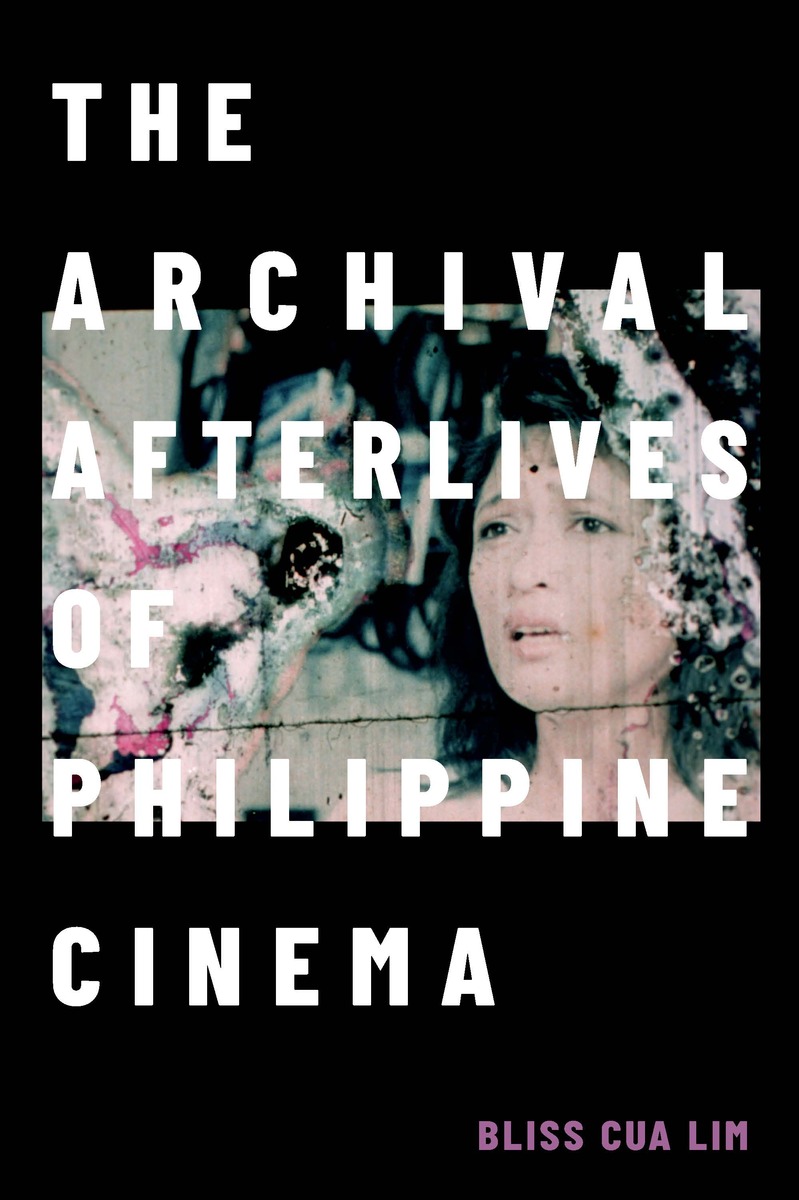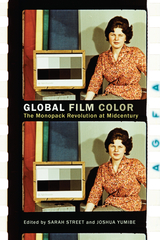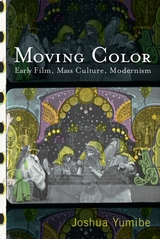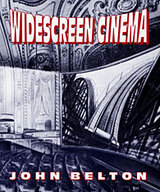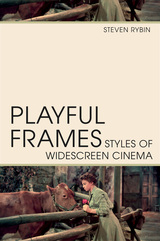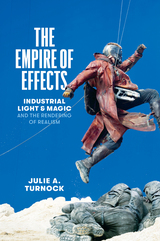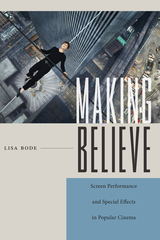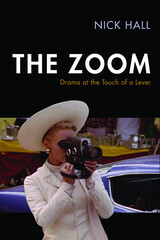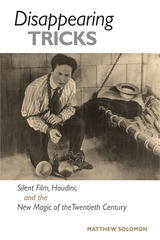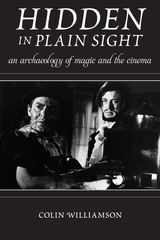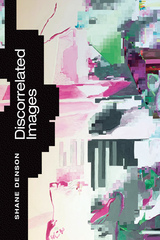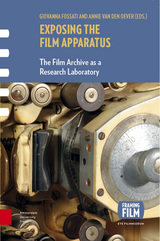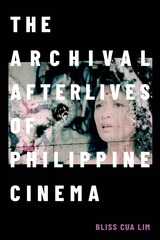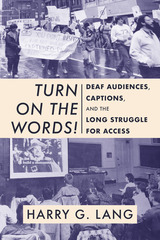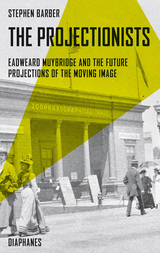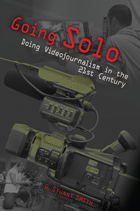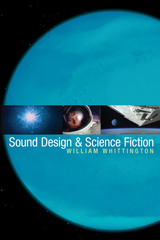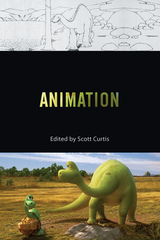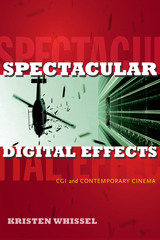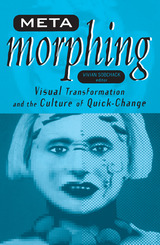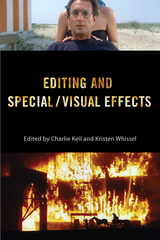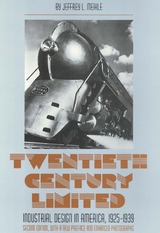The Archival Afterlives of Philippine Cinema
Duke University Press, 2024
Cloth: 978-1-4780-2100-1 | Paper: 978-1-4780-2573-3 | eISBN: 978-1-4780-2786-7 (standard)
Library of Congress Classification TR886.3.L56 2024
See other books on: Asian Studies | Digital preservation | Film archives | Philippines | Preservation
See other titles from Duke University Press
Cloth: 978-1-4780-2100-1 | Paper: 978-1-4780-2573-3 | eISBN: 978-1-4780-2786-7 (standard)
Library of Congress Classification TR886.3.L56 2024
ABOUT THIS BOOK | AUTHOR BIOGRAPHY | REVIEWS | TOC | REQUEST ACCESSIBLE FILE
ABOUT THIS BOOK
Drawing on cultural policy, queer and feminist theory, materialist media studies, and postcolonial historiography, Bliss Cua Lim analyzes the crisis-ridden history of Philippine film archiving—a history of lost films, limited access, and collapsed archives. Rather than denigrate underfunded Philippine audiovisual archives in contrast to institutions in the global North, The Archival Afterlives of Philippine Cinema shows how archival practices of making do can inspire alternative theoretical and historical approaches to cinema. Lim examines formal state and corporate archives, analyzing restorations of the last nitrate film and a star-studded lesbian classic as well as archiving under the Marcos dictatorship. She also foregrounds informal archival efforts: a cinephilic video store specializing in vintage Tagalog classics; a microcuratorial initiative for experimental films; and guerilla screenings for rural Visayan audiences. Throughout, Lim centers the improvisational creativity of audiovisual archivists, collectors, advocates, and amateurs who embrace imperfect access in the face of inhospitable conditions.
See other books on: Asian Studies | Digital preservation | Film archives | Philippines | Preservation
See other titles from Duke University Press
